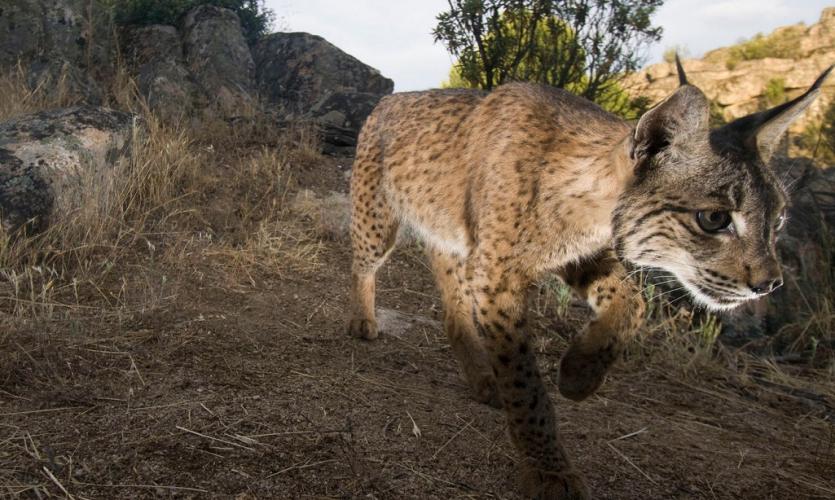Photo:WWF
By Patryk Krych | The World Daily | MAY 29th 2021
According to Spain’s Environment Ministry, there has been significant progress in the repopulation of the critically endangered Iberian Lynx species in both Spain and Portugal, where their numbers had previously fallen to below a hundred.
The increase in the species numbers is owed to a joint breeding programme between Spain and Portugal that had been launched all the way back in 2002 in order to help save the Iberian Lynx species as a whole. At that time, there were no Lynxes at all in Portugal, and the number in Spain had fallen to a dangerously low 94.
According to a statement from the ministry on Friday, this low number had successfully jumped to be above 1,000 last year. This jump came about when 414 Lynx cubs were born as a result of the breeding programme, and marks a successful milestone in the programme’s aims of rescuing the species from its endangerment.
The number of Lynxes had originally been failing due to a combination of expansive farming, poaching/trophy hunting, as well as the occasional instances of general accidents. By the time the end of 2020 had come around, the exact number of Iberian Lynxes living in the wilds was counted to be at 1,111. A record high since monitoring projects began, the ministry added.
“With a 30% increase from 2019, this demographic curve allows us to be optimistic and to draw scenarios that distance the big Iberian feline from critical risk of extinction,” said the ministry in its statement.
According to the World Wide Fund for Nature (WWF), the number of the species would need to be over 3,000 with at least 750 breeding females included in that number in order for them to no longer be classified as endangered.
“This is a great success for conservation in Spain and the world. Few species are able to escape from such a critical situation as the Iberian lynx has been in,” said Juan Carlos del Olmo, the chief of WWF Spain.
It was in 2015 when the Iberian Lynx’s status was changed from ‘Critically Endangered’ to ‘Endangered’ thanks to the efforts of the joint programme.






